Church History for Kids: What Did the First Churches Look like?
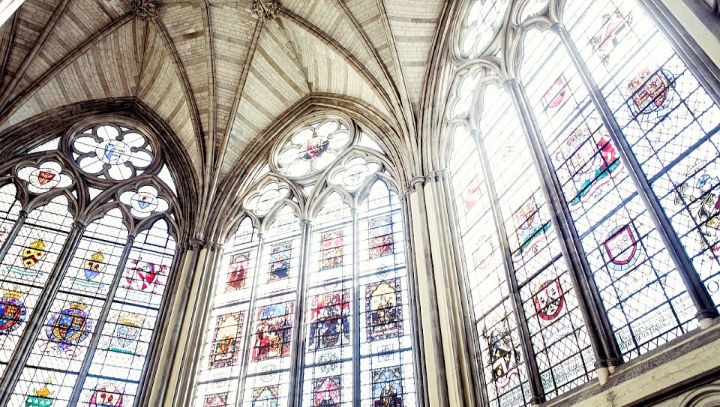
. . . . . . . . . .
The Church is more than the building we go to on Sundays or Wednesdays, it’s the people inside. We know families are having to embrace this now more than ever- from living room worship to online services. Though this season of separation is hard, this is a great time to teach our kids about the early church, which often met in homes. Over the next several weeks on #MinnoLife we’re discussing the history of the church—and how it looked a lot like what we are experiencing today.
. . . . . . . . . .
In Jerusalem, the church met both in the courts of the Temple and in people’s private homes (Acts 2:42-47). As Paul traveled, in every new city he visited, he would first go to the Jewish synagogues to preach. Then, when the people started churches, they would meet in people’s homes. There were no church buildings built specifically to gather in until after Constantine made Christianity the official religion in 300 AD. Though some churches like the one in Antioch may have met in different places like caves, the first “churches” were almost all in private homes.
The Early Church in Homes: Meeting Rooms
Meeting in homes doesn’t mean early church gatherings were small, like we may envision a home church with only enough people to fit in an average-sized living room. The people would have met in the largest home of the most affluent church member in the community, like Philemon (Philemon 2b), Lydia (Acts 16:14), Aquila and Priscilla (Acts 18:1-3), and Gaius (Romans 16:23). Affluent families had large meeting rooms in their homes built specifically for very large gatherings of people, either extended family gatherings or even community gatherings. In cities, where real estate was at a premium and people built up instead of out, a wealthy home would have several floors, and usually, the top floor would be the meeting space, like the “Upper Room” where the disciples met for the Last Supper and where the Spirit came at Pentecost.
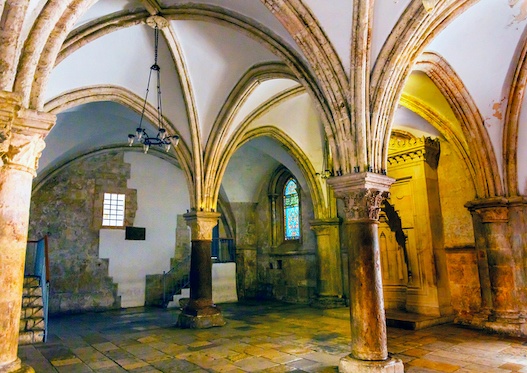
Source: iStock Photo
As you can see, the Upper Room was a large space. Scripture says that 120 believers gathered here for 10 days praying and waiting for the Holy Spirit to come at Pentecost (Acts 1:12-14). This picture is not exactly what it looked like in Jesus’ day. You can tell by the architecture that it was remodeled during the Crusades in the Gothic style. But this photo gives you an idea of the space.
The Early Church in Homes: Courtyards
Churches may have also met in the central open courtyard of the house, the atrium. In some homes, especially ones not in the middle of busy Jerusalem but in smaller towns or out further in the countryside, the courtyard may have been even larger than the meeting room. The picture below is a model of what a country villa for the wealthy would have looked like in the Roman Empire. As you can see, the atrium could hold a very large gathering of people and there was even a balcony where a speaker could stand and be heard over the whole crowd.
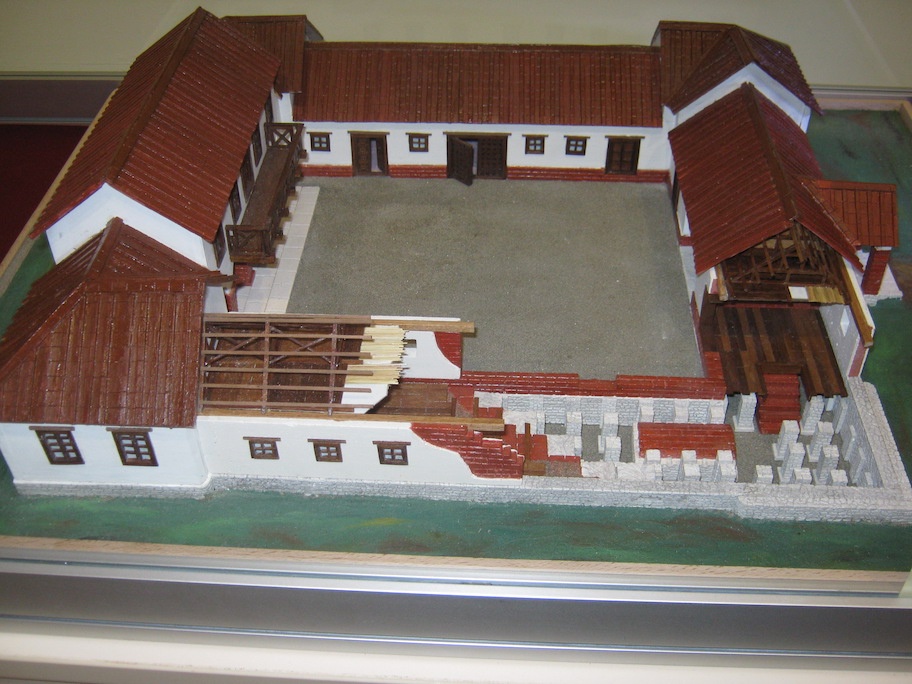
Source: Creative Commons
The Early Church in Caves
In some places, the early church may have even met in caves. In the city of Antioch, which Paul used as a home base for his missionary travels and where the people of the Church were first called Christians, there is a cave where it is believed the first church there met in the early days when they feared persecution. Archeologists have found tunnels inside that open out to the other side of the mountain, which they believe early Christians used to evacuate if the church was ever suddenly attacked. The façade pictured was added during the time of the Crusades.
(exterior)
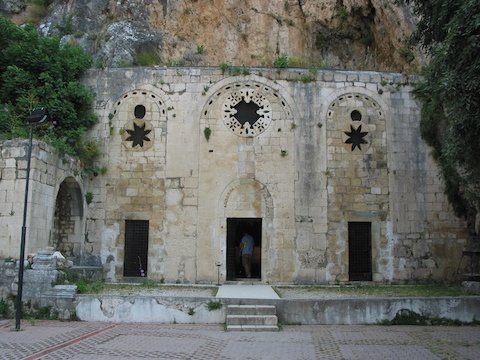
Source: Creative Commons
(interior)
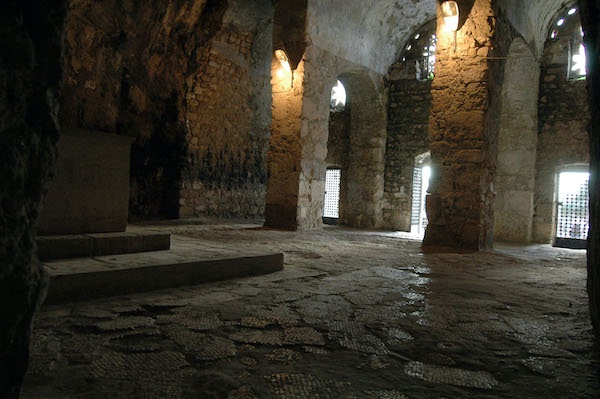
Source: Creative Commons
Why It Matters to Us Today
This isn’t just a fun fact about Church History for Kids. The fact that the earliest churches met in private homes or in courtyards or caves or wherever they could, teaches us that we don’t need a fancy building to thrive as a church. We can meet in someone’s home, in a school building, in an old warehouse, or even in a cave or a field somewhere. It doesn’t matter where we meet, what matters is who we are. Are we following Jesus with our whole hearts and living as His witnesses to the world? That is what it meant to be the Church in the earliest days of Church History and that’s what it means even still today.
The Early Church’s Decorations
Because few things survive over a millennium, there is no documentation of church art during the 1st century. Some of the earliest Christian art, identifiable as such, consists of a few 2nd-century wall and ceiling paintings. Interestingly enough, these were found in the Roman catacombs (underground burial chambers.) The catacombs had a somewhat sketchy style that came from Roman impressionism, and this style continued throughout until the 4th century.
The earliest Christian iconography (which is the use of visual images as a representation of faith) tended to be symbolic. For example, a fish was sufficient to allude to Christ or bread and wine reminded people of the Eucharist, and the part it represents in one’s faith.
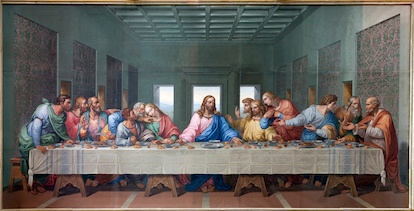
Source: iStock Photo
It wasn’t until around the 3rd and 4th centuries, in the catacomb paintings and in other manifestations, that Christians began to integrate pagan prototypes into Christian art. Early pictures of Christ, for instance, most often would show Him as the good shepherd by directly borrowing from classical pagan art. He was also sometimes depicted to look like familiar gods or heroes, such as Apollo or Orpheus. It wasn’t until much later, when the religion began to gain earthly power and the threat of persecution was no longer as prevalent, that Christ begin to take on more majestic attributes.
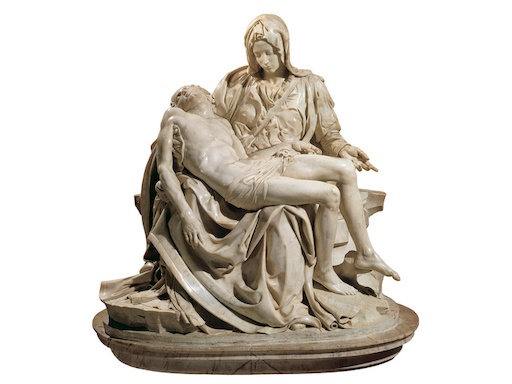
Source: iStock Photo
Once the Renaissance hit, much of the art created centered around the Christian faith. It was through art that people could see the Bible come alive. Many people could not read and more importantly, very few Bibles were available before 1611 (the invention of the printing press.) The prevalence of Christian art provided people the ability to see the Word of God even if they could never actually read the stories. That is why there are so many paintings, sculptures, and beautiful stained glass windows that tell us a living story.
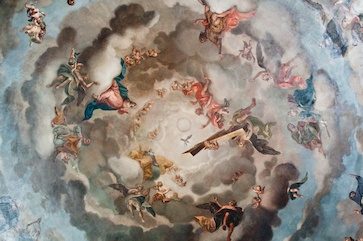
Source: iStock Photo
Why It Matters to Us Today
Studying the early church helps us to have perspective in our lives and in our church today. When we realize that people had to worship where they could be safe, it helps us to be thankful for a place we can gather to learn more about God’s Word without fear of persecution. It also helps us to realize that in the early church and even beyond, the church used decorations/art to help those who could not read to understand scripture better. It wasn’t about making a building look pretty, but it was about deepening a Christian’s understanding of God. How thankful are we that we can read the Bible ourselves?
Family Conversation Starters About the Early Church
- How does it help us today to understand that early Christians met wherever they were safe?
- Why do you think it’s important to understand that it doesn’t matter where churches meet?
- What can the iconic art of the early church tell us about our faith?
Next Post: What Did the First Church Leaders Do?
Check out the rest of the posts in our series Church History for Kids for more topics and stories.
For great videos about church history for kids, check out The Pirate’s Guide to Church History or The Torchlighters on Minno!